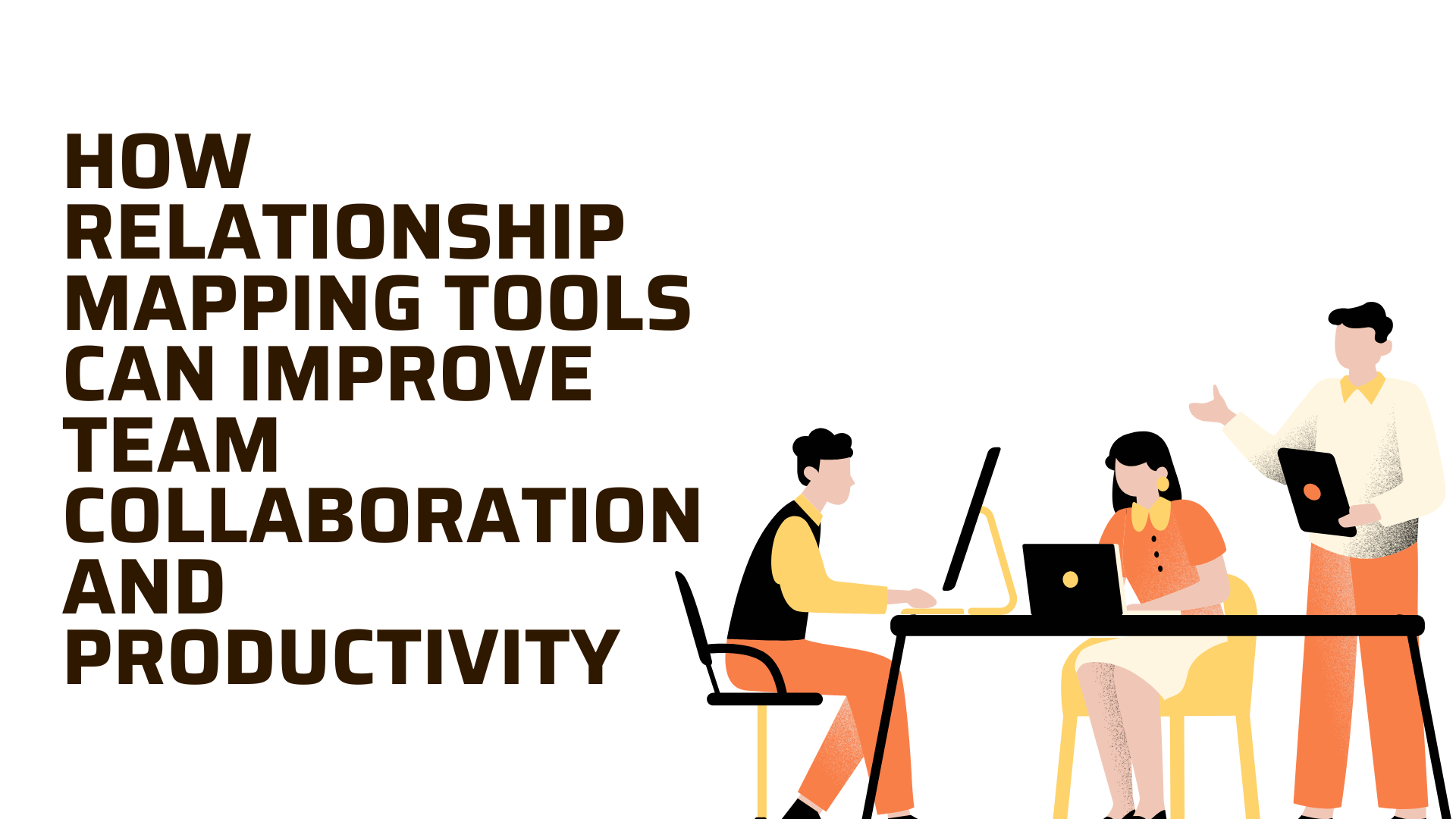In today's complex business environment, establishing robust relationships within a team is paramount to success. Relationship mapping has emerged as a powerful strategy for enhancing these connections, boosting collaboration, and driving productivity. With advanced tools making this practice more accessible, organizations are witnessing a transformation in team dynamics. Keep reading to uncover how the integration of relationship mapping into your business can foster a more cohesive and efficient workplace.
Understanding Relationship Mapping and Its Significance in the Workplace
Golden lights and network lines against a dark backdrop illustrate the functionality of a relationship mapping tool.
Relationship mapping visually illustrates the connections and interactions between individuals in an organization, revealing not just who knows whom but also the strength of those relationships and their influence. This process uncovers informal networks that drive communication and collaboration, helping leaders identify key influencers and potential bottlenecks that can impact workflow and decision-making.
Using a relationship mapping tool can make it easier to analyze these networks, offering a clear, dynamic visual of workplace dynamics. This insight can help managers uncover hidden talents, optimize team composition, and improve strategic planning for better project outcomes and a more efficient work environment.
Enhancing Team Communication with Relationship Mapping Tools
Relationship mapping tools help teams overcome communication barriers, reducing project delays, errors, and decreased morale. They clarify communication roles and optimal information paths, minimizing misunderstandings and aligning team members with project goals. These tools also encourage teamwork reflection, allowing teams to adjust communication strategies and foster a culture of continuous improvement.
They are particularly useful for geographically dispersed or remote teams, as they create a sense of connectedness and reduce feelings of isolation. Relationship mapping facilitates mentorship and knowledge transfer, enabling experienced staff to identify and establish opportunities for support or training, enriching the team's overall competency.
Streamlining Project Management through Visual Relationship Networks
Visual relationship networks are a valuable tool for project management, providing a comprehensive view of workforce dynamics and enabling efficient resource allocation and planning. These networks can reflect real-time changes within a team structure, allowing for swift adaptation to onboarding new members or adjusting strategies to project scope shifts.
The predictive nature of relationship mapping enhances risk management by identifying potential conflicts or dependencies before they escalate into more significant issues. Visual relationship networks also instill a stronger sense of accountability, as team members are more likely to follow through on their responsibilities when their connections and commitments are visible to the entire team.
Measuring the Impact of Relationship Mapping on Team Productivity
A group of individuals collaborating at a table, surrounded by a network of dots symbolizing team productivity.
Relationship mapping is a method that can significantly improve team productivity by identifying and resolving inefficiencies. This process is facilitated by detailed maps, which can be measured through metrics like project completion times, error rates, and employee satisfaction surveys. This results in a more efficient work environment, as individuals can focus on their core tasks.
Collaboration software analytics can also provide empirical data on the effectiveness of relationship mapping, revealing improvements in communication patterns and interactions post-implementation. Anecdotal evidence from team member testimonials also provides qualitative insights into the enhanced workplace atmosphere and increased morale.
Best Practices for Integrating Relationship Mapping into Daily Workflows
Relationship mapping is a valuable tool for optimizing workplace relationships. It should be integrated into daily workflows, providing a high-level overview and detailed information for informed decisions. Regular training and encouragement of its use can foster widespread adoption.
Organizations should foster a culture that values transparency and clear connections, celebrating collaborative successes and openly discussing relationship dynamics. Regular maintenance of the map ensures it remains a reliable reference point and prevents it from becoming obsolete. Regular updates can help organizations recognize the value of relationship mapping in optimizing workplace relationships and prevent it from becoming obsolete.
Overall, relationship mapping is a transformative tool for any organization seeking to enhance team collaboration and productivity. By visualizing the human interactions that form the backbone of team success, these tools empower leaders and team members alike to capitalize on their collective strengths. Integrating this approach into your workflows can ignite a new era of connectivity and efficiency within your projects and your organization as a whole.

















Post Comments